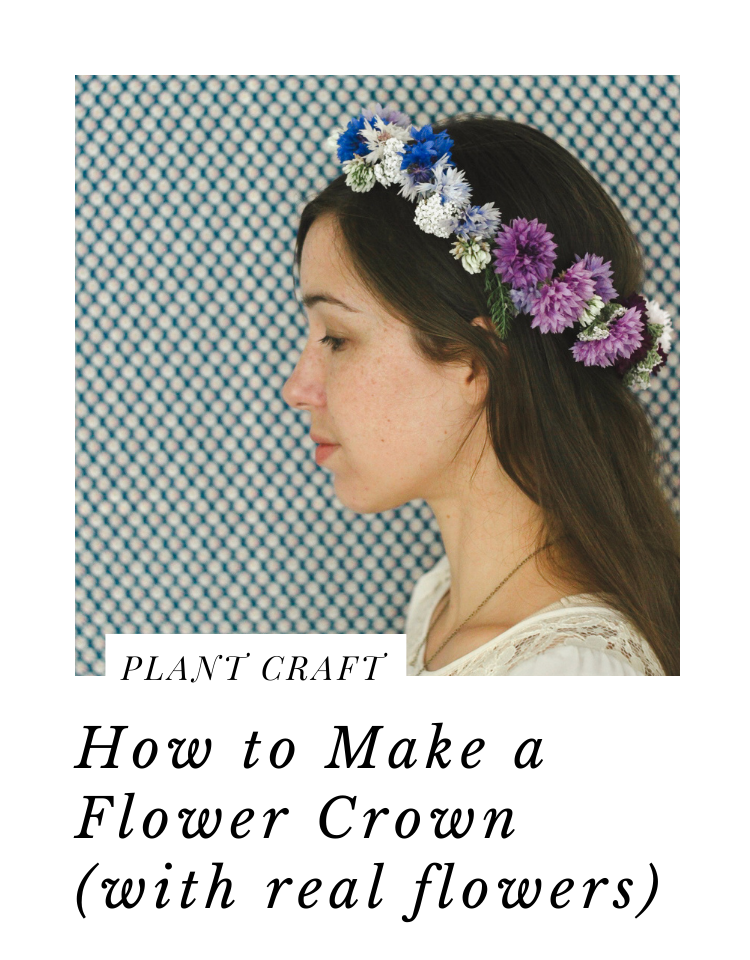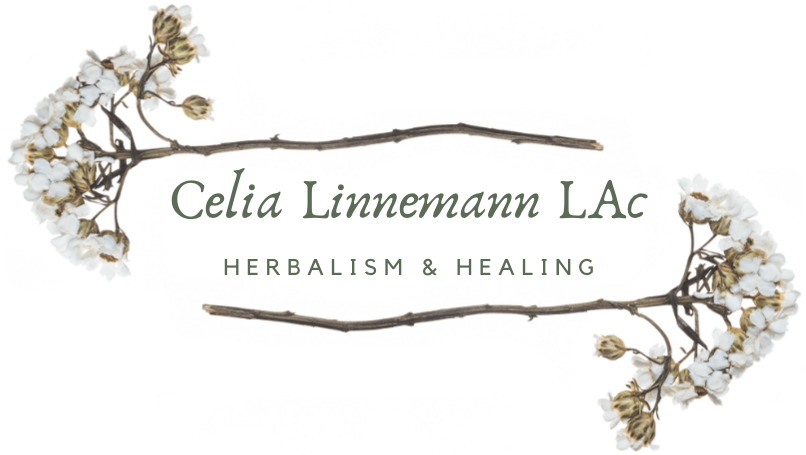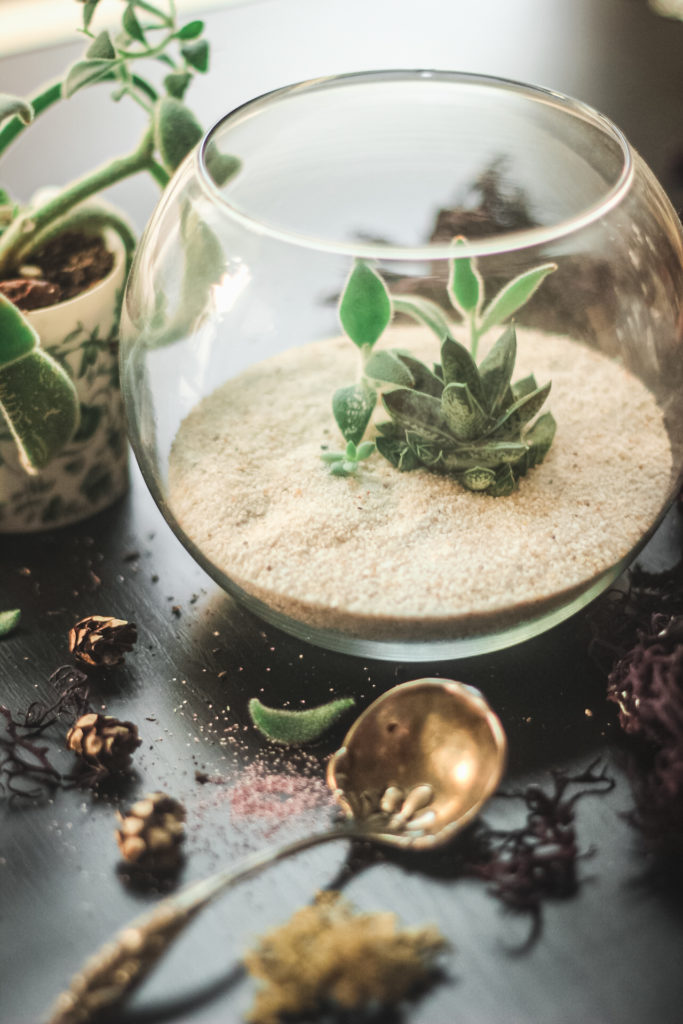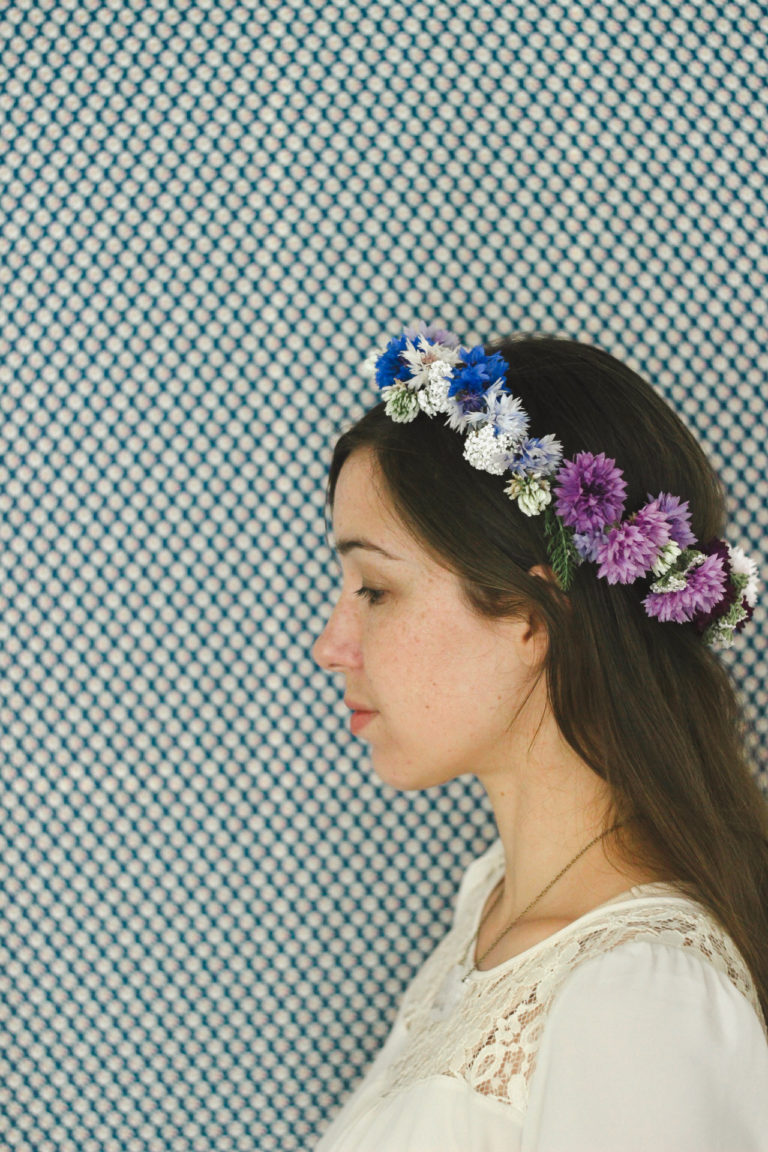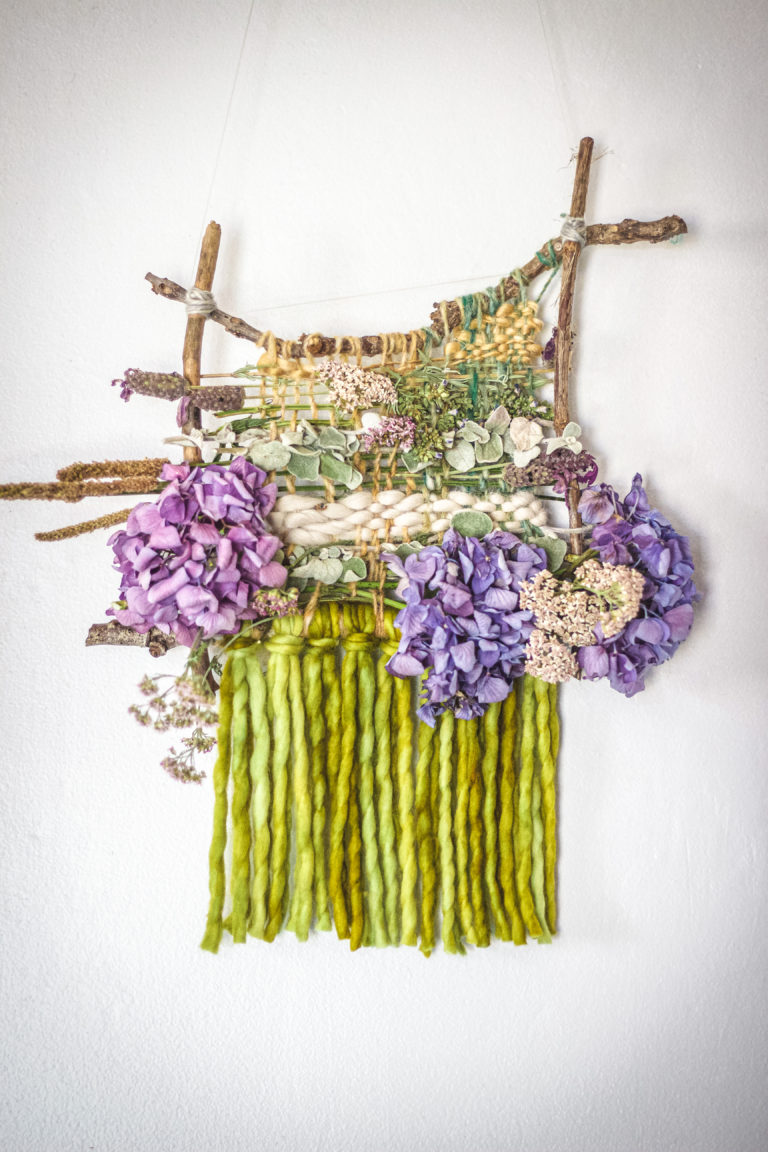The Joy of Houseplants: How houseplants help us feel better
There is no doubt about it: People love plants. People have always know this, but a recent study showed evidence that they really do help us feel better.
One way that most anyone can engage with and relate to plants is through keeping house plants.
Thanks to their explosion of popularity, particularly on social media in recent years, houseplants are available pretty much anywhere at any price points (and houseplants are easily propagated from clippings!), making them accessible for a variety of living situations and incomes.
Adoring houseplants is not a trend, though.
First of all, we humans are intimately connected to plants as part of our evolutionary relationship with nature. Nature is our natural habitat, the biological medium through which we came to be.
And secondly, houseplants have been popular for a long time.
Pssst… this writing about houseplants is part of a series on working with plants and plant crafts. Check out the other posts so far if you are a plant and craft lover.
First is How to Make a Flower Crown Tutorial, with an intro into plant crafting.
And Nature Weaving Wall Hanging, with reference to the magic of working with your hands and a nod to weaving as ancestral connection.

Plants are always popular
Plants had a big boom in the 70’s, alongside shag carpet which was supposed to mimic a grassy lawn and wood paneling…which was supposed to mimic trees, I guess?
Having lived in two houses with 70’s fake wood paneling and nasty shag carpet, I can assure you this toxic off-gassing, landfill-filling, man-made “better living through chemistry” crap is the farthest you can be from nature. These types of materials are anti-nature.
Ironically, filling a house with living, breathing, photosynthesizing houseplants may actually mitigate some of the toxicity of off-gassing particle board and carpet.
But plants are more than a remedy for environmental toxicity.
Their living, vital nature, the soil they live in, the care they garner, the beauty they impart and the relationship they invite all create a calming, relaxing, centering effect. On our bodies and on our mind, emotions and spirit.
They just help us feel better.
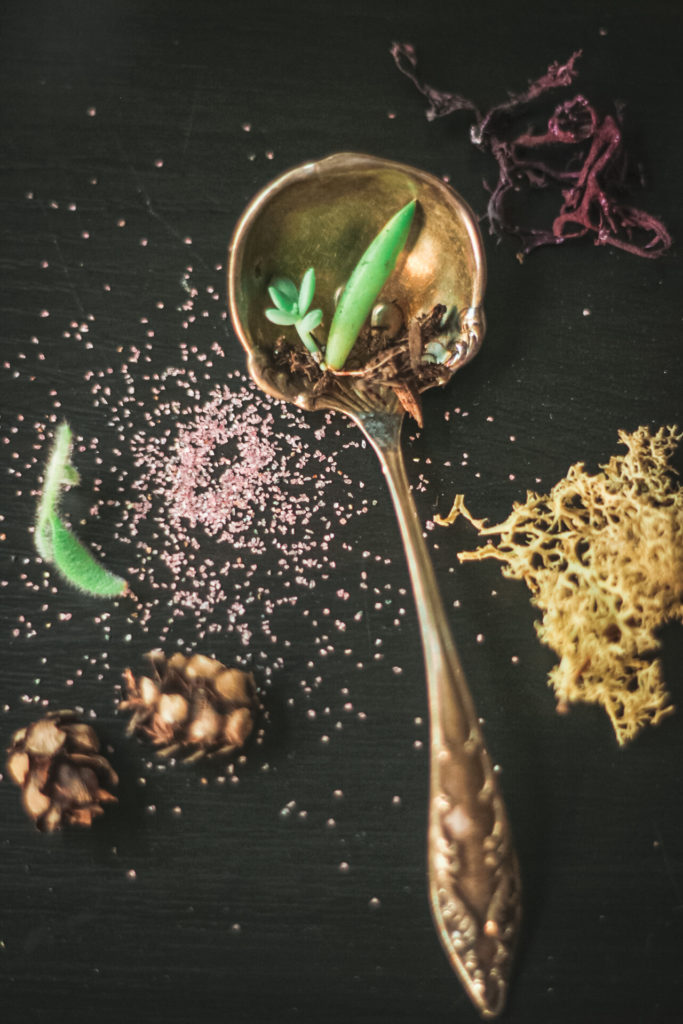
Plant-Related Task Study
A study published in the Journal of Physiological Anthropology distributed 24 male participants into 2 groups, 12 who completed a computer-related task and 12 who carried out a plant-related task. The participants were monitored for blood pressure for each task and interviewed on their subjective feelings and experiences.
The participants switched groups and tasks, and were monitored and interviewed once more.
The study showed that:
“subjects working with the plants reported subjective feeling soothed and calm. Diastolic blood pressure was significantly lower after the transplanting task.”
It was concluded that:
“The physical aspect of taking care of house plants reminds us of our connection to nature. Active interactions with houseplants, for instance working with soil, pruning, touching, and smelling have shown to have the same relaxing and stress-reducing effects as spending time in a forest.”

How plants can help us feel better, according to the studies
This was a small study, but it nonetheless records the relaxing, stress-reliving qualities of working with plants into relevant, measurable data.
Studies about plants have also found:
- they enhance job satisfaction in office workers
- enhance cognitive health
- improve mood states
- reduce psychological stress
The effects of which all “can positively affect resistance to diseases and chronic stress” (see the journal article above for specific references).
I have come across studies of the mental-emotional aspects of working with plants, being around plant, being in gardens, earthing and forrest bathing. There is so much data out there, take a little stroll around Google if you want to learn more about any of these.
For instance, forest bathing, which has been studied in Japan, has gained a lot of attention in the last few years and there are lots of books written about it.
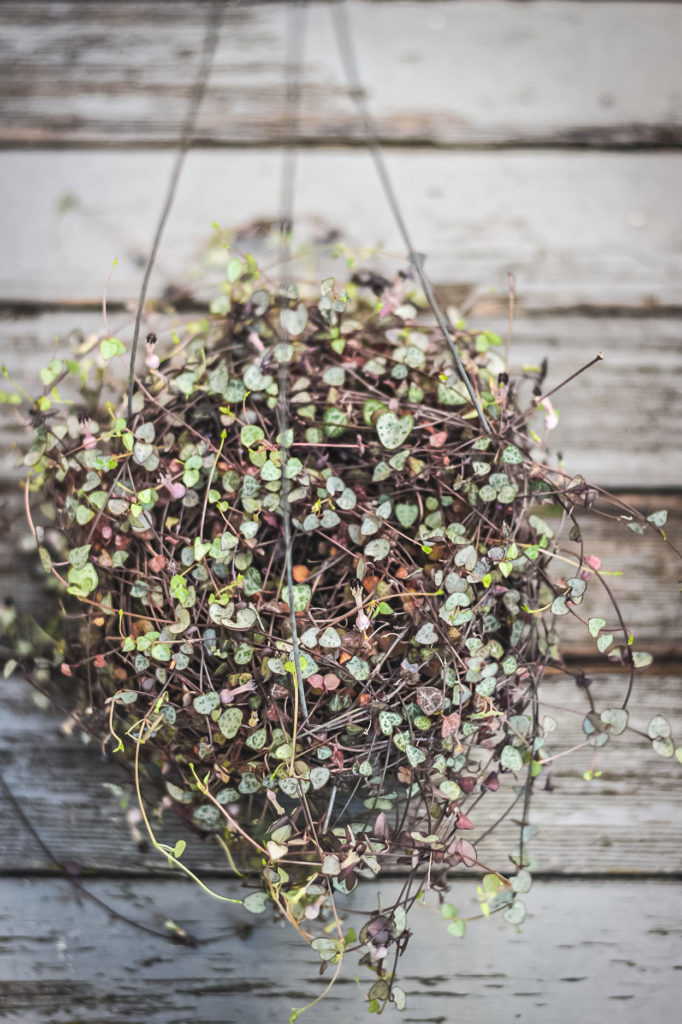
Plants are a biological norm
My theory about how plants help to calm is this:
Plants are an extension of nature and the Earth her/themself, and nature and plants are our biological norm.
Plants are great, and there is no doubt that they are so much more than calming greenery or pretty flowers, or even medicine for that mater.
But plants are our natural habitat, so to be with them brings us into our more regulated, functional, centered and harmonious selves.
It’s not that plants are ultra therapeutic per se (though again, they definitely have therapeutic, even medicinal attributes, and I believe they have their own spirits and consciousness) to our “normal” human condition, but rather that being removed as we are as modern humans from nature and plants has an adverse effect on our wellbeing.
Does that make sense?
This reminds me of when I was a birth doula.
It is true that having a birth doula helps reduce risks and increase positivity of the birth experience, but its not that birth doulas are super special, it is that modern birth practices without a consistent non-medical care person (usually another woman) is not biologically normal.
In many cases, we are meant to birth with support.
In the same way, we are meant to be in relationship with nature, animals, plants, the starts, the Earth, the elements and the seasons.
Keeping houseplants is one way we can relate with nature. It may not seem comparable to living in a forest, but even tending a plant can have measurable effects to our sense of wellbeing.
Ah, plants, you are so generous and amazing…
My own houseplant journey
I was really, really into houseplants.
Wait – if I say “was” does that mean I am no longer into houseplants?
Did I –gasp– break up with houseplants??
Well…actually I did have some hiccups along the way with keeping houseplants. But rest assured I still adore them and keep them, I just do it differently than I did in the past.
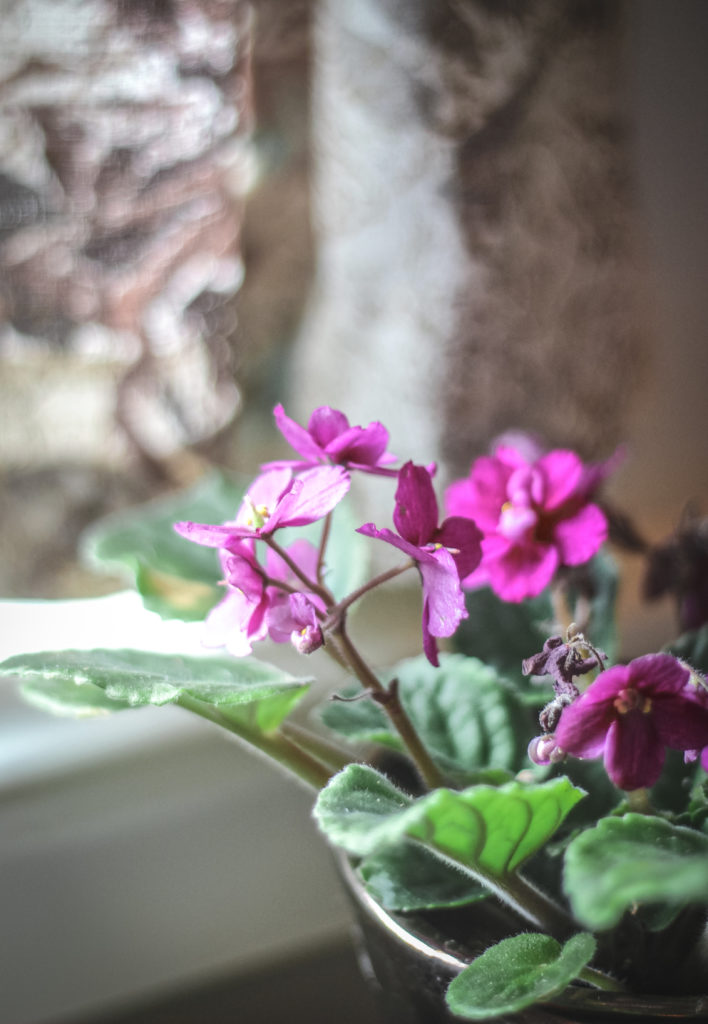
Starting out houseplant obsessed
I had a few houseplants in my early days of living on my own. But in my 4th year of college, that I started to collect as many plants as I could, whenever I could.
Nobody I knew bought plants. Never ever. I don’t even know where you could? It wasn’t like now, where plants are everywhere. Especially in Northern Minnesota.
My friends and I all traded clippings. Lots and lots of clippings.
Going to potlucks, stitch and bitch or naked lady parties invariably meant A) a tour and lengthy discussions of the houseplants from the host, and B) a clipping or two to bring home.
Philodendron
Coleus
Peace Lily
Spider Plant
Swedish Ivy
I heard through the grapevine that the lady who ran the university greenhouses would give you clippings if you asked, so I started to stop by every few months to see what she would be able to offer me.
As you probably already know, plant people looooooove to share with other plant people. And they love to talk about plants. So lucky for me, she was always welcoming.
Tahitian Bridal Veil
Succulents
Lots and lots of Begonias
Orchids
Once in a while I would pick up plants at yard sales and estate sales. They had the best scores! Once I got a huge double jade for like $10. A plant like that would be well over $100 in the inflated, trendy Portland market nowadays.
My friend Summer has always been a plant lady, and her houseplants were always amazing.
Hibiscus
Norfolk Pine
More Succulents
She had this incredible houseplant book that I ended up ordering on Amazon, back when it was only a bookstore (yeah, I’m old). It cost me $1 plus shipping – remember those days?
That book became my number one favorite book, even more than my herbals and health books that I was devouring at the time. I made lists and charts of the my plants and their ideal conditions and care needs. I learned their names, families and varieties.
It was an obsession.
I became so into my houseplants that I started a verimiculture bin just to give my plants the worm liquid – black gold, that stuff.
By the time we were getting ready to sell our house in Duluth, MN to move to Portland, I had 55 houseplants to offload on others. And I had already given away about 20 of them the year prior – I was running out of window space. I brought about 4 or 5 on the road trip Portland.

Challenging transitions
Things were rough for my plants in Portland. Only 2 of the plants that I brought on the move survived the first winter.
Jade
Christmas Cactus, the one from my great-grandma Minnie
Why was that?
Well, the damp and grey winter Portland climate is so very different from the relatively sunny and cold yet very dry because of the constant forced heat of northern Minnesota.
And I’m not sure why, but all my plants started to get bugs. Both mealy bugs and scale insects. I think their adapting immune systems couldn’t keep them away.
Normally I was a master at keeping insects away. I had treated many of my own plants, and I would be a little plant doctor to my friends plants and the plants of the places I worked, too. Drinking tea at a friends house, listening to music and tediously cleaning scale insects off plants was a marvelous way to spend the afternoon. I’d even bring a jar of worm liquid to boost their vitality.
But the first 3 years I lived in Portland were jammed packed. I was going to Chinese medicine grad school, spending 40-60 hours at school and studying many, many hours at home.
When I had free time, I certainly didn’t feel like picking bugs off of plants. I wanted to socialize. Go for hikes. Curl up in bed and rest.
Or, I wanted to explore the new city I was living in, walking the neighborhoods meeting the massive variety of new plants growing outside, all year round.
So my plants suffered.
I continued to find and purchase plants when I could.
Hearts on a String
Peperomia
Donkey Tail
Lots of terrarium experiments
I found a few good ones in free piles who all did pretty well.
Monstera
Fiddle Leaf Fig
A number of orchids
But they never really took off to the highest of my golden days of houseplants.
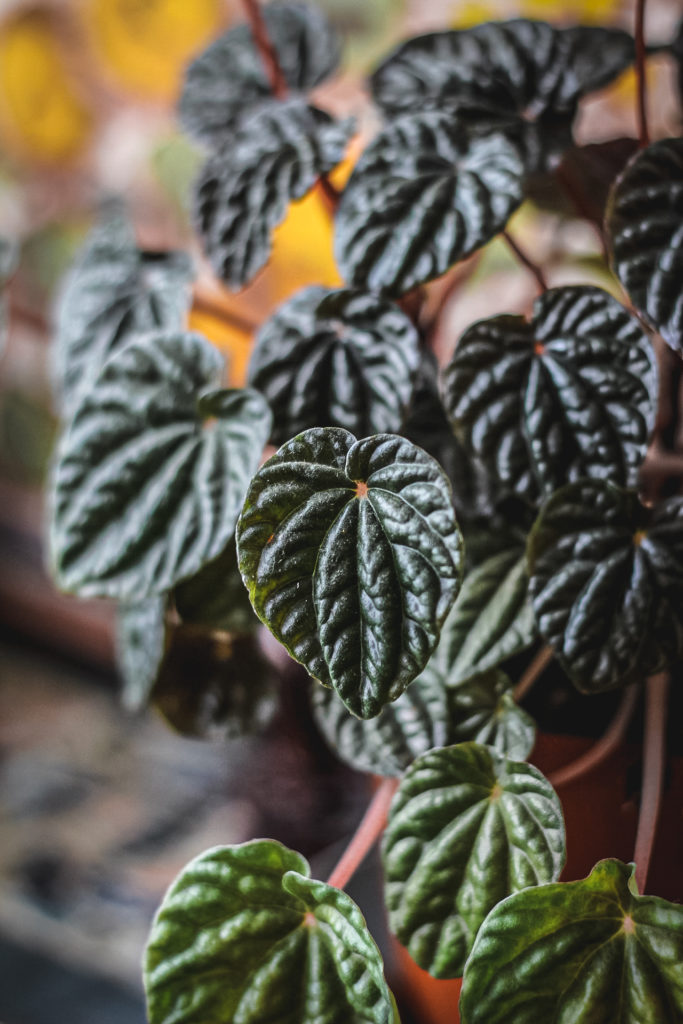
Still a source of joy
House plants are still a joy to me. But…I wouldn’t call it an obsession.
I have about 20 at the moment, and they are doing okay. Some are doing rather well.
I particularly like to try to decorate with them, moving them from place to place, trying out new pots or hanging arrangements. But my house is still very much a fixer upper and they don’t have a lot of space to be themselves.
(Or, is it me who doesn’t have the space to be myself?)
My son, who is presently 6 1/2, loves houseplants. He has two and he wants more, but like I said, our fixer upper doesn’t really allow for it. So he has a few plants in the garden, like a tiny clump of decorative grass he transplanted from a wild lot, and many moss and mycelium nurseries.

Making plant time, inside and outside
I was thinking back on my favorite plant experiences since moving to Portland (is it weird to have fond houseplant memories??) and noticed something:
I like hang out with my houseplants.
And I haven’t felt free to hang with them in a long, long time.
I like it best when I am home alone with my houseplants, with my house relatively clean and organized. Then I can literally sit in my house, in peace, and tend to my plants, arrange them, dream with them (Is it weird to dream with your houseplants?? Asking for a friend).
The sad thing is that I have not been able to do that since moving to our fixer-upper 5 years ago.
I love this house (her name is Edna, another story for another time). I am so very thankful for this house.
But it’s not the kind of house where I can hang out in my space and chill with my plants.
Besides being a fixer-upper and having one bedroom for 4 people (my husband and I kind of have a bedroom in a corner of the living room), it’s always messy since I became acutely ill with Lyme in 2018. And the couple years before that, it was a literal construction zone.
No places for houseplants. Little time for houseplants. And very little energy for them.
My hope is that I continue to both evolve this house and my relationship to it. I can learn to be more at ease here, alongside the mess and the grief and sense of loss that comes with chronic and acute illness.
Because the thing is, I actually have become at peace with the outside of my house, through extensive gardening and tending and love. This little urban lot is a sanctuary of solace and inspiration.
Someday, I hope to receive those gifts on the inside of my home, too.
Wishing you all the joy, companionship and calmness that comes along with being with the plants.
Best, Celia
